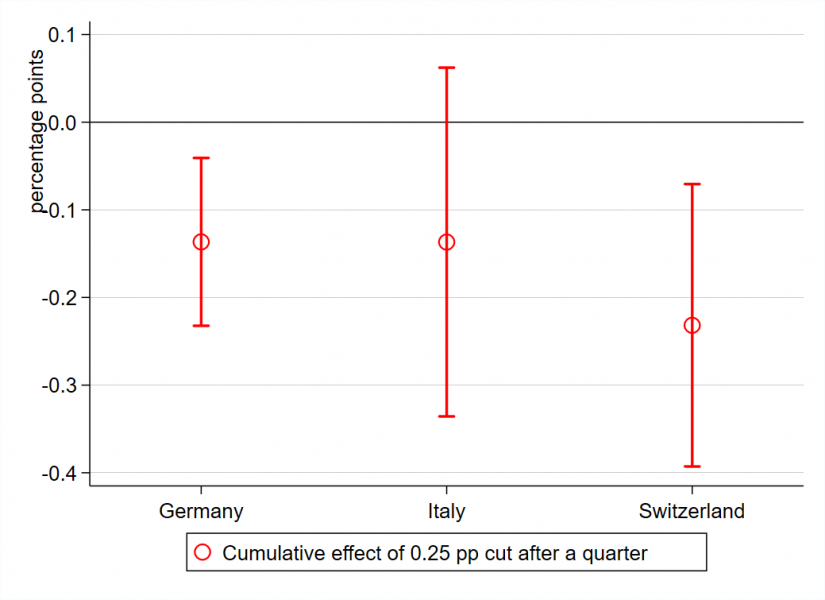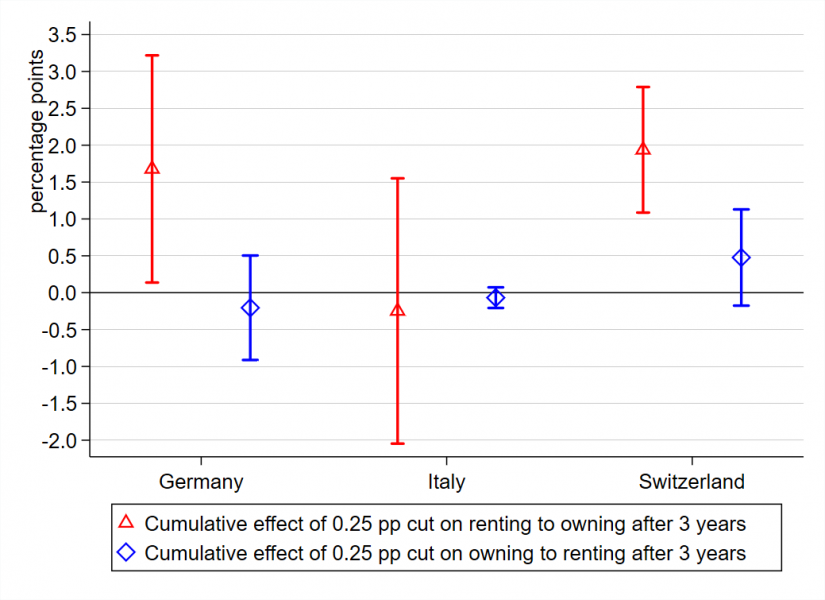References
Calza, A., Monacelli, T., and Stracca, L. (2013). Housing Finance and Monetary Policy. Journal of the European Economic Association, 11:101–122.
Cloyne, J., Ferreira, C., and Surico, P. (2020). Monetary Policy when Households have Debt: New Evidence on the Transmission Mechanism. Review of Economic Studies, 87(1):102–129.
Corsetti, G., Duarte, J. B., and Mann, S. (2021). One Money, Many Markets: Monetary Transmission and Housing Financing in the Euro Area, Journal of European Economic Association, forthcoming.
Dias, D. A. and Duarte, J. B. (2019). Monetary Policy, Housing Rents, and Inflation Dynamics. Journal of Applied Econometrics, 34:673–687.
Diaz, A. and Luengo-Prado, M. J. (2008). On the User Cost and Homeownership. Review of Economic Dynamics, 11(3):584–613.
Guiso, L., Sapienza, P., and Zingales, L. (2004). Does Local Financial Development Matter? Quarterly Journal of Economics, 119(3):929–969.
Koeniger, W., Lennartz, B., and Ramelet, M.-A. (2021): On the Transmission of Monetary Policy to the Housing Market, SNB Working Paper 06/2021.
Schularick, M., Ter Steege, L., and Ward, F. (2020). Leaning against the Wind and Crisis Risk. CESifo Working Paper No. 8484.
Woodford, M. (2012). Inflation Targeting and Financial Stability. Sveriges Riksbank Economic Review, (1):7–32.







